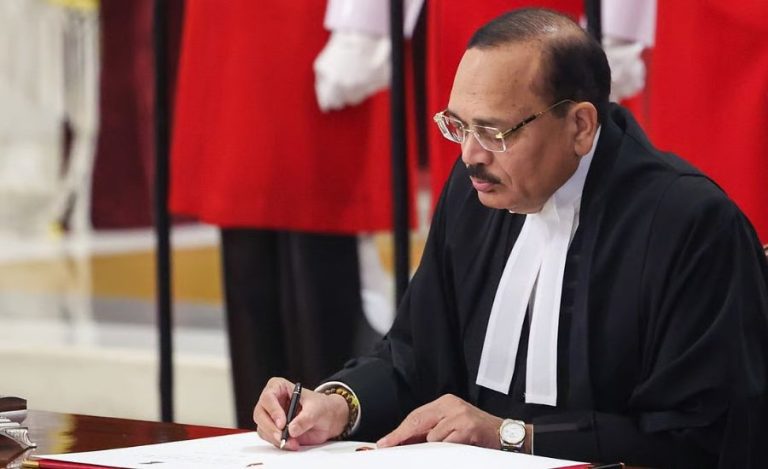In a move aimed at enhancing borrower protection and streamlining loan processes, the Reserve Bank of India (RBI) has announced a new regulatory framework for loans against gold and silver. These revised guidelines, which will come into effect from April 1, 2026, are applicable to all commercial banks, cooperative banks, Non-Banking Financial Companies (NBFCs), and Housing Finance Companies.
Also Read: PNB Slashes Repo-Linked Lending Rate to 8.35%; Home and Vehicle Loans Get Cheaper
One of the key changes is the increase in the Loan-to-Value (LTV) ratio. Borrowers can now avail up to 85% of the value of their gold or silver, up from the earlier cap of 75%. This new LTV cap applies to loans up to Rs. 2.5 lakh (including interest), significantly easing credit access for small borrowers. For instance, individuals pledging gold worth Rs. 1 lakh can now borrow up to Rs. 85,000 without detailed income verification or credit checks— a step aimed at supporting rural and low-income borrowers.
Under the new rules, lenders are required to return the pledged gold or silver on the same day of loan closure or within a maximum of seven working days. Any delay will attract a compensation of Rs. 5,000 per day to the borrower. Additionally, in case of damage or loss of the pledged item during audits or at the time of return, appropriate compensation must be provided.
To ensure transparency, loan terms and valuation details must be provided to borrowers in their regional language. Moreover, non-literate borrowers must be briefed in the presence of an independent witness.
For loan defaults, lenders must issue proper notices before initiating the auction of pledged gold. The reserve price during the first auction must be at least 90% of the market value, which can be reduced to 85% only after two failed attempts. Any surplus amount received from the auction must be returned to the borrower within seven working days.
Existing loans sanctioned before April 1, 2026, will continue to follow the old regulations. The RBI’s new framework is being seen as a borrower-friendly measure, designed to improve fairness, transparency, and accountability in the gold and silver loan sector.
RBI
The Reserve Bank of India (RBI), the nation’s central bank, plays a crucial role in managing India’s monetary policy and ensuring financial stability. One of its significant financial contributions to the government is through the annual dividend, drawn from its surplus earnings. For FY2024-25, the RBI announced a record dividend payout of Rs. 2.69 lakh crore to the central government, a 27% increase from the previous year’s Rs. 2.1 lakh crore. RBI’s strong financial position and the revised surplus-sharing mechanism underline its pivotal role in supporting the government’s fiscal strategy and maintaining macroeconomic stability.
Also Read: Siddhartha Mohanty Completes Tenure as CEO & MD of LIC of India – Know More About Him




























